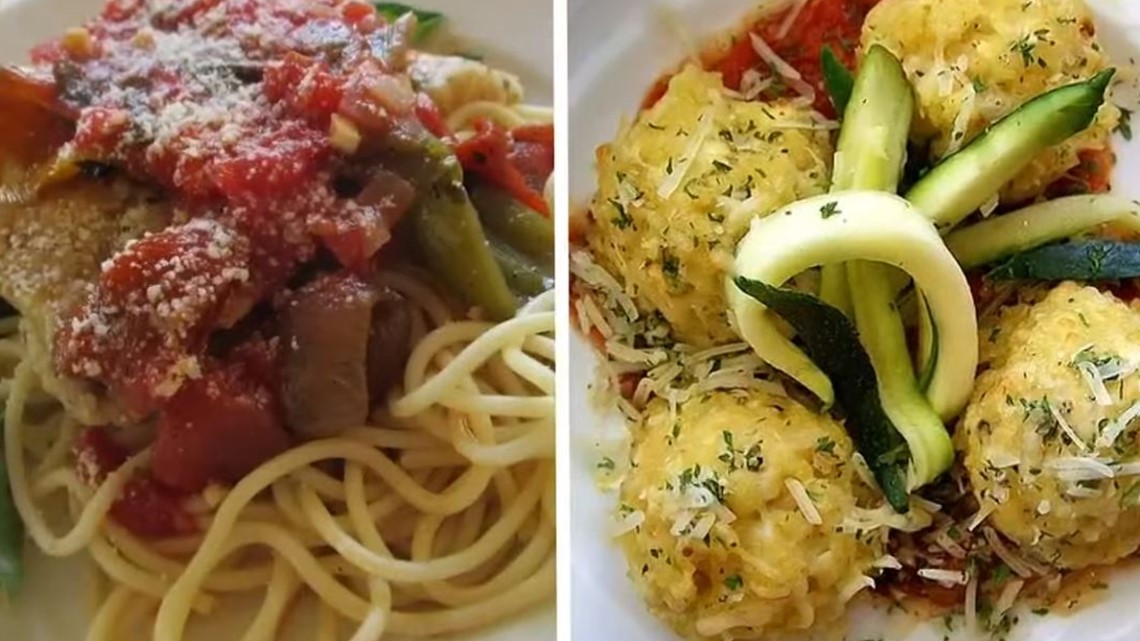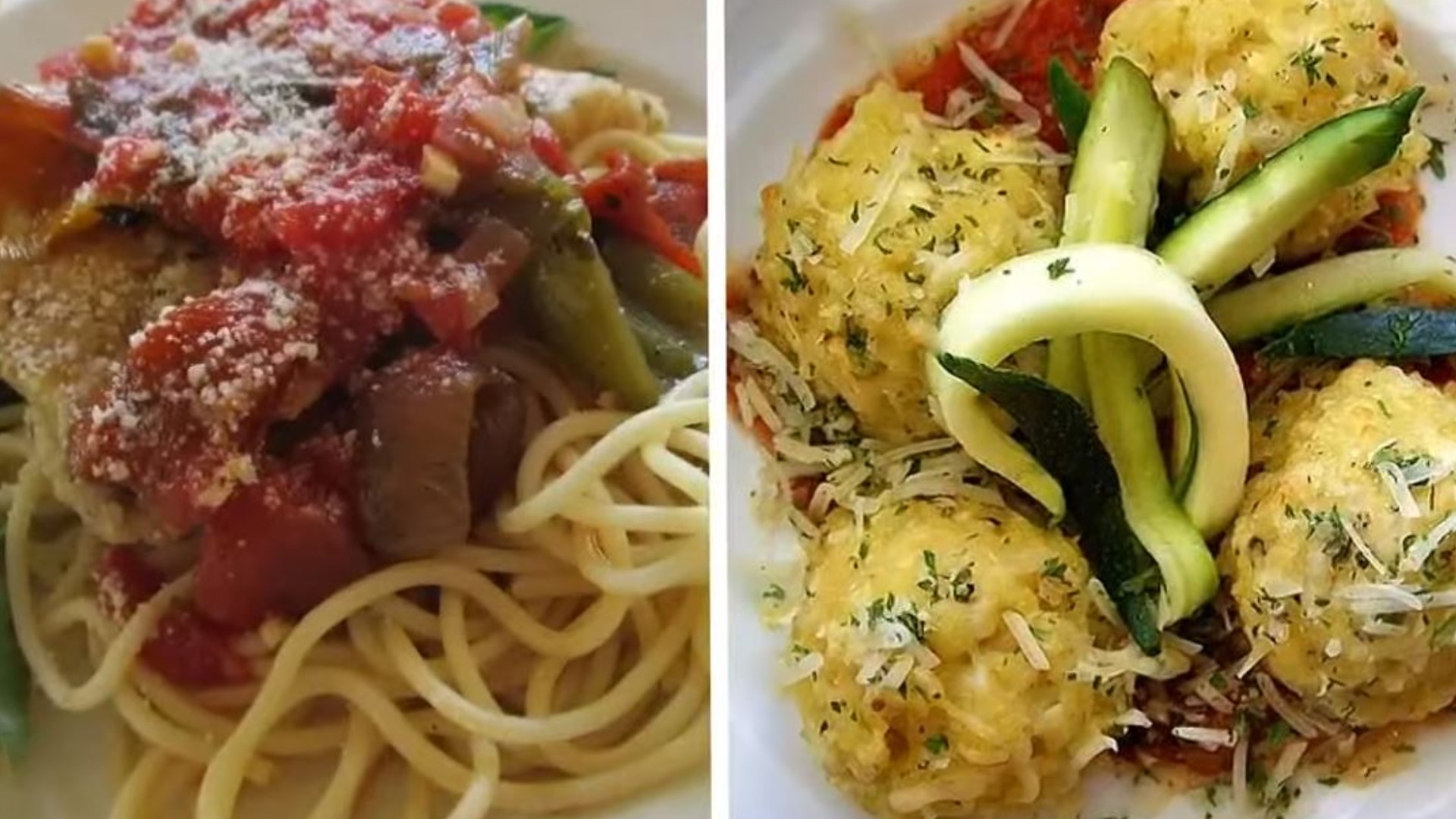A pair of chefs have created a way to bring independence and dignity to people living with Alzheimer's disease.
As the disease progresses, eating can become a challenge – but two Georgia chefs decided they could do something about it.
“So how would you eat a steak with lemon butter, asparagus and a loaded baked potato without a fork knife spoon or teeth?” chef Stone Morris asked herself.
Put it in a blender? Drink it maybe?
Not the most appetizing thought. But for a while it was the only solution for people who struggled at the table – like people living with Alzheimer’s – where handling a fork and knife was just too much.


That was before Morris and Sarah Gorham created Grind Dining – a new way to prepare food so it's easier for memory patients to eat.
“We take the exact same food and transform it into an easy to eat bite-size finger food,” Morris said.
“Stone has a saying – ‘The best utensils you have are the ones you were born with.’ They're your fingers,” Gorham added.
A chef salad, spaghetti and meatballs, even eggs and waffles all can be turned in to an easily grabbable clusters.
Their secret weapon is an old-school grinder – inspired by the one Morris’ grandmother used to use.
“When I was a little girl, she had a grinder in her kitchen and she would keep karp in her bathtub,” Morris said.
The idea came to her after three days of prayer and meditation.
“I asked god to help me feed his sheep,” she said.
Then a memory of eating gefilte fish at Passover dinner clicked the whole thing into place.
“The older people without teeth, the relative like the grandmas and grandpas, could eat gefilte fish without needing teeth, and the mothers would feed it to their little babies that had no teeth,” Morris said. “That was my a-ha moment.”
They realized that if they take one protein, one vegetable, and one carb, grind it up so it still has texture and package it in what they call "edible envelopes" – people living with conditions like Alzheimer’s or dementia can eat with independence.
“You don't need to wear a bib, you don't need to be spoon fed like a baby,” Morris said. “So it does truly restore dignity.”
They say it also improves nutrition, since each bite is like a full meal.
But more importantly, it gives something back to people who have already lost too much.
“It always makes me want to cry,” Morris said.
Morris and Gorham travel around the country training chefs who work in assisted living and memory care facilities how to prepare food like this.
Their technique is currently used in at least 12 communities in Georgia.
MORE HEADLINES

